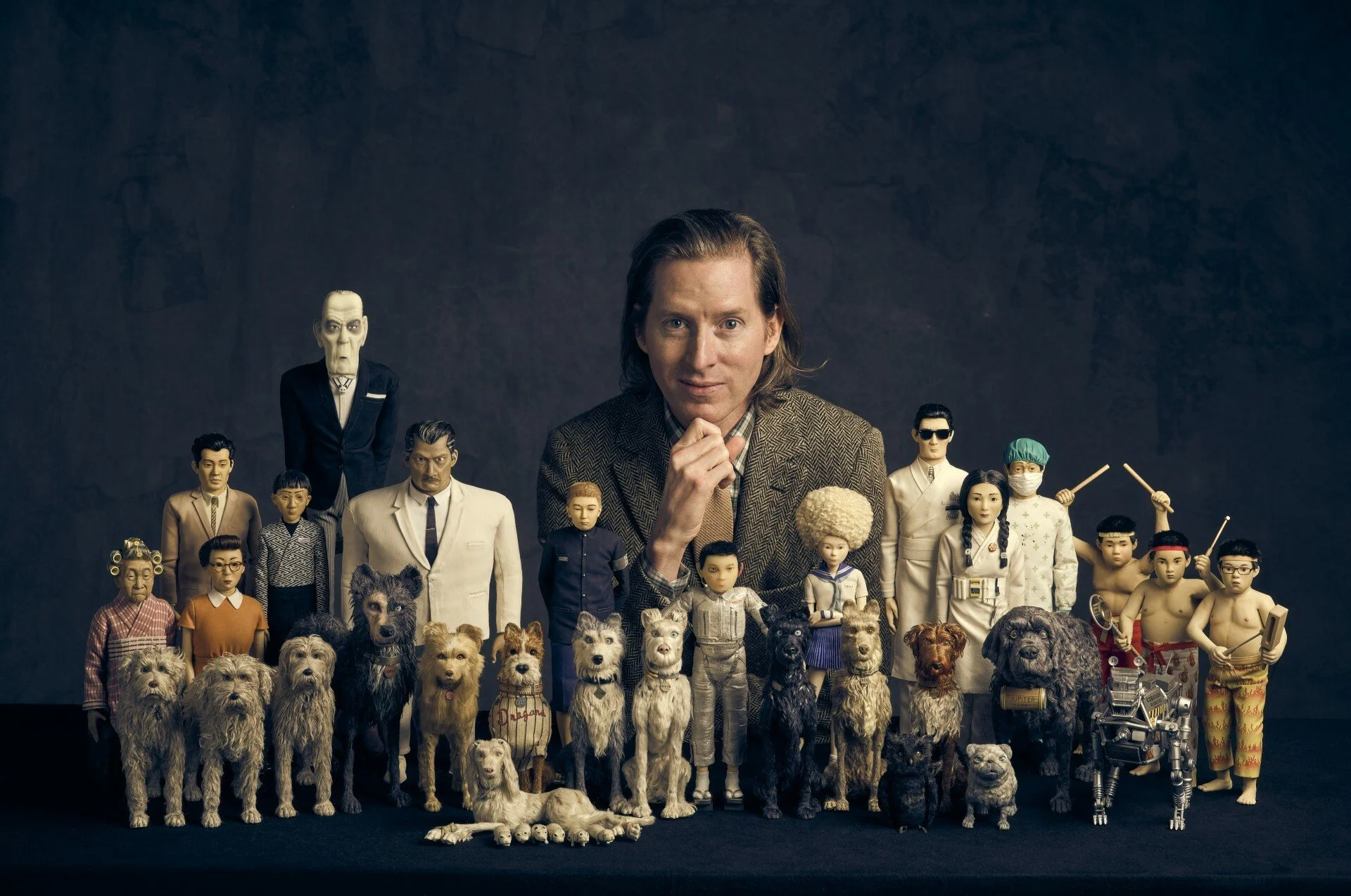WEs Anderson X The London Design Musuem
Inside Wes Anderson’s World: The Design Museum’s Exhibition Will Explore the Director’s Visual Genius.
With tickets now on sale for the much anticiapted November opening, this will be a Fluxx must-see exhibition for film, art and design fans.
Anderson’s design aesthetic has shaped the visual language of modern film and cultural worlds including music, interiors and fashion. Now, for the first time in the UK, fans can step inside the creative mind of one of cinema’s most beloved auteurs.
© Searchlight Pictures. Photo: Charlie Gray
Titled simply "Wes Anderson", the exhibition marks a world-first showcase of over 600 original objects, offering a rare behind-the-scenes glimpse into Anderson’s archive — spanning three decades of storytelling through design.
A Visual Language Like No Other
Anderson’s signature style — symmetrical compositions, nostalgic colour schemes, hand-crafted props, and whimsical detail — has made him not just a director, but a design icon. From the melancholic charm of The Royal Tenenbaums to the retro-futurism of Asteroid City, the exhibition explores how Anderson’s obsessive attention to form and texture creates not just films, but fully realised worlds.
This landmark show will uncover the evolution of Anderson’s career, from his early experimental shorts in the 1990s to Oscar-winning blockbusters like The Grand Budapest Hotel and cult favourites such as Fantastic Mr. Fox and Moonrise Kingdom.
Wes Anderson is widely regarded as one of the most visionary directors of the 21st century. Born in Houston, Texas, in 1969, he studied philosophy before turning to film.
© Thierry Stefanopoulos – La Cinémathèque française
His early works, such as Bottle Rocket and Rushmore, established his reputation for offbeat humour and meticulous art direction. Over time, he has developed a filmmaking vocabulary that combines literature, theatre, and fine art — infused with European cinematic influences and a deep appreciation for mid-century design.
Each Anderson film is instantly recognisable not just by its narrative tone, but through its use of carefully curated props, custom-made costumes, nostalgic typography, and timeless interiors. Whether it’s the faded grandeur of The Grand Budapest Hotel, the earthy palettes of Moonrise Kingdom, or the Japanese-inflected futurism of Isle of Dogs, his visual choices are never incidental — they are central to the storytelling.
Design Highlights & Rare Objects
Curated with extraordinary access to Anderson’s personal archives, the exhibition brings together a jaw-dropping array of original design materials:
Storyboards, sketches & polaroids from films including Isle of Dogs and The French Dispatch
Stop-motion puppets and miniature sets from Fantastic Mr. Fox and The Life Aquatic
Costumes worn by iconic characters, including Margot Tenenbaum’s FENDI fur coat and Mr Fox’s corduroy suit
A candy-pink miniature model of The Grand Budapest Hotel
The now-iconic vending machines from Asteroid City
Show dog Nutmeg and other animated stars from Anderson’s puppet-led productions
A rare screening of Bottle Rocket — Anderson’s very first short film (1993)
Photo: Richard Round-Turner © Design Museum
These artefacts highlight Anderson’s devotion to handcrafted cinema, celebrating traditional filmmaking techniques such as stop-motion animation, miniature model-making, and analogue special effects.
A Must-See for Designers, Creatives & Film Lovers
For interior designers, stylists, and visual creatives, Anderson’s sets are masterclasses in colour, proportion, and storytelling through space. This exhibition is a chance to examine the design discipline behind the whimsy — the colour-matching, costume styling, architectural references, and meticulous curation that bring Anderson’s cinematic worlds to life.
The director’s influence has extended well beyond cinema into contemporary design culture, inspiring countless hotel interiors, retail installations, and even fashion campaigns. From Soho House spaces to ’Instagrammable’ cafes, the "Wes Anderson aesthetic" is now a shorthand for nostalgic, stylised perfection.
At a time when AI-driven content is saturating visual culture, this show is a powerful reminder of the emotional richness of handmade design, narrative craft, and visual coherence.
Exhibition Details
21 November 2025 – 26 July 2026, buy tickets now



